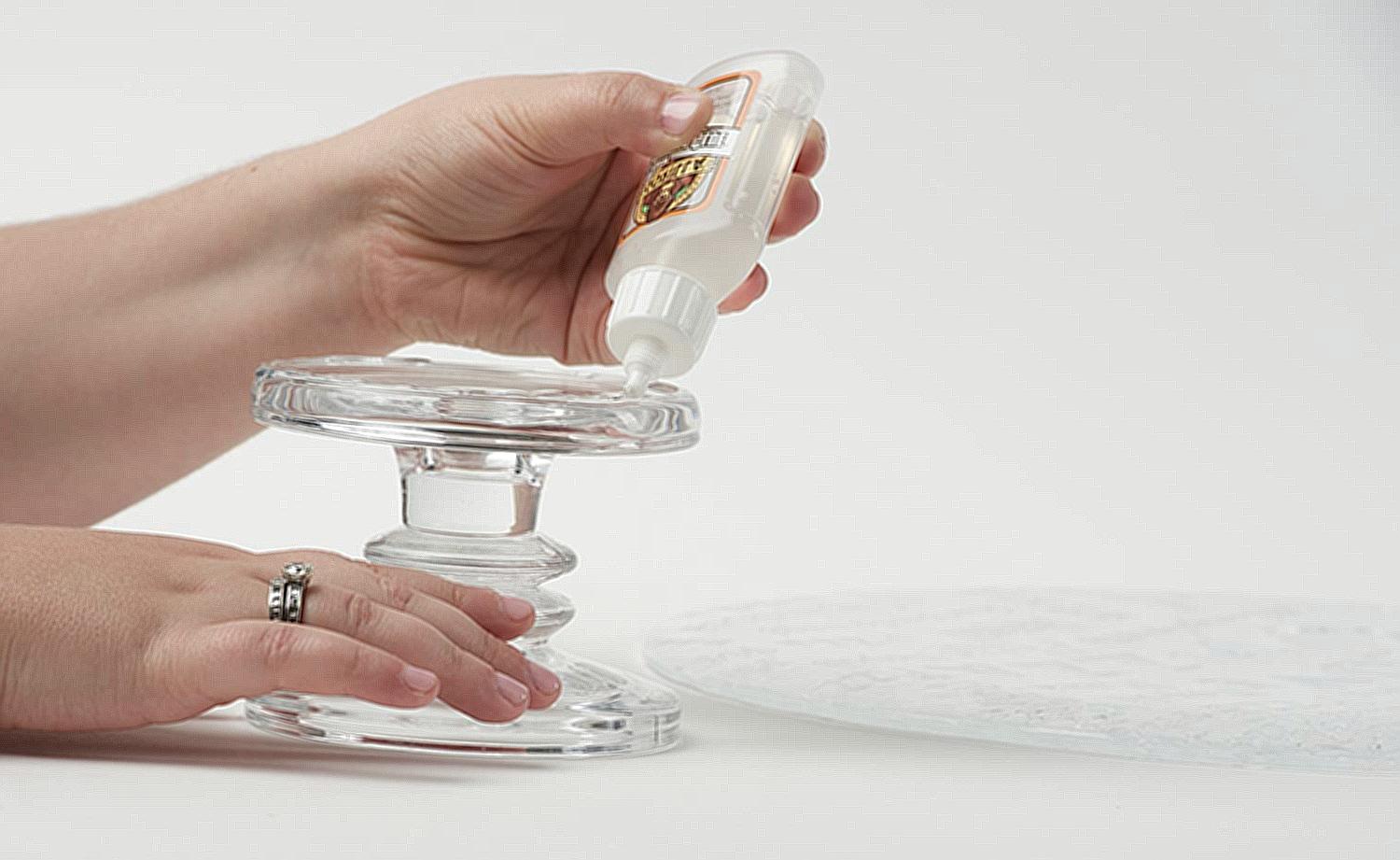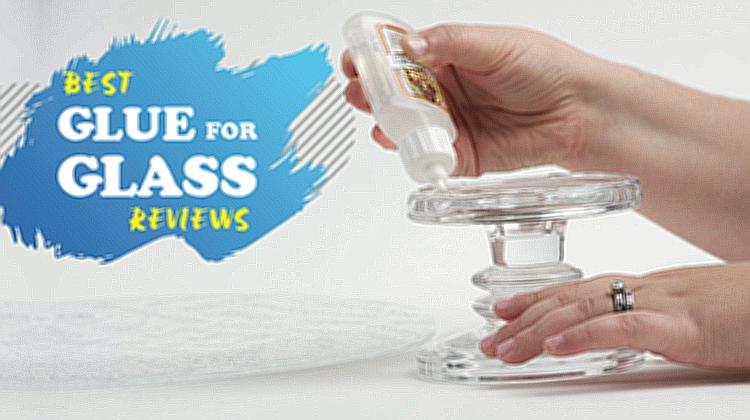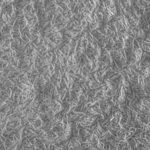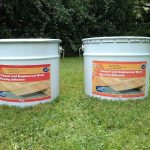Are you looking for a reliable way to glue rubber to glass? It may seem difficult, but it doesn’t have to be! With the right adhesive, creating a strong bond between these two materials is easy.
In this blog post, we’ll discuss which adhesives are suitable for this task, provide detailed instructions on how to glue rubber to glass correctly, and explain why using the right adhesive is so important.
So if you’re ready to learn how to glue rubber to glass with confidence, keep reading.
What Glue Can You Use for Rubber to Glass?
Contents
- 1 What Glue Can You Use for Rubber to Glass?
- 2 How to Prepare Rubber to Glass Before Gluing
- 3 Different Types of Glue for Rubber to Glass
- 4 How to Glue Rubber to Glass
- 5 How to Apply Glue for Rubber to Glass
- 6 What is the Best Glue for Rubber to Glass?
- 7 Does Gorilla Glue Stick to Rubber?
- 8 Tips and Tricks for Gluing Rubber to Glass
- 9 Conclusion
Finding the right adhesive can be tricky, as different types of rubber and glass require different types of glue.
Contact adhesives and epoxies are usually a safe bet, providing a strong bond that can withstand temperature fluctuations. Silicone adhesives are also popular, as they form an even stronger bond than contact adhesives or epoxies.
Cyanoacrylate adhesives (also known as “super glue”) can be used on rubber-to-glass applications; however, they do not provide a strong bond like other types of glue.
Gorilla Glue should be avoided when working with rubber and glass, as it does not form a strong bond and may cause damage to the rubber or glass.
If you’re unsure which type of glue is best for your project, it’s always best to speak with an expert or do some research before starting your project.

With the right adhesive, you’ll be able to ensure that your rubber-to-glass projects are secure and long-lasting.
How to Prepare Rubber to Glass Before Gluing
Gluing rubber to glass can be a tricky task, but with the right preparation, it doesn’t have to be. To start, make sure that both the rubber and glass surfaces are clean by wiping them down with a damp cloth and some mild detergent.
This will remove any dirt, dust, or grease that could interfere with the adhesion process. Next, use sandpaper to roughen up the surfaces of both materials for improved adhesion.
When you’re ready to glue, make sure to use a rubber adhesive specifically designed for bonding rubber to glass. Apply a thin layer of adhesive using a brush or roller, and make sure it is compatible with both materials.
Finally, allow the adhesive to completely dry before proceeding—this will ensure that your rubber and glass successfully adhere together. With these steps in mind, you can confidently tackle any gluing project.
Different Types of Glue for Rubber to Glass
Several different types of glue can be used to create a strong bond between these two materials.
Silicone adhesive is a great choice, as it is waterproof and can be used on many surfaces, including glass. It provides a strong bond between the two materials that will last for a long time.
Epoxy is another excellent option, as it is very strong and creates a permanent bond between rubber and glass. Super Glue is also an option, as it sets quickly and provides a secure grip between the two materials.
If you need something temporary, hot glue guns are perfect for this job.
They provide a good seal but won’t last as long as other types of glue.
No matter what kind of bonding job you have in mind, there’s sure to be an adhesive solution that meets your needs.
How to Glue Rubber to Glass
Gather Materials
Before starting the process, it is important to gather all of the necessary materials. These include rubber, glass, a razor blade, a clean cloth, rubbing alcohol, and glue that is specifically designed for rubber and glass.
Clean the Surfaces
The surfaces of both the rubber and the glass need to be clean and free of dirt and debris before gluing. Rubbing alcohol can be used to wipe down both surfaces, and a clean cloth should be used to dry them off.
Trim the Rubber
The rubber needs to be trimmed to fit the shape of the glass. A razor blade can be used to carefully trim away any excess material. It is important to take care not to cut too much or too little.
Apply Glue
Once the surfaces are clean and the rubber is trimmed, it is time to apply the glue. The glue should be applied in a thin layer to both the rubber and the glass, making sure that it covers the entire surface area.
Secure the Rubber
Once the glue has been applied, it is time to secure the rubber to the glass. This can be done by pressing down on the rubber with one hand while using the other hand to press down on the glass. It is important to make sure that there are no air bubbles between the two surfaces.
How to Apply Glue for Rubber to Glass
Applying glue correctly is essential for a strong bond between the surfaces. Here are some tips to help you do it right:
First, make sure that both the rubber and glass surfaces are clean and free of dirt, debris, and grease. This will ensure that the glue adheres properly.
To spread the glue evenly over the rubber surface, use a cloth or brush. Make sure to cover every area of the rubber, including crevices or grooves.
Allow the entire surface to dry for at least ten minutes before pressing it firmly against the glass surface. This will guarantee that it sticks securely and won’t come off quickly.
By following these steps, you can easily apply glue to rubber and glass and form a strong bond between them.
What is the Best Glue for Rubber to Glass?
There are several excellent types of glue available for this type of project, including silicone-based adhesives, epoxy adhesives, and cyanoacrylate adhesives. Each type has its own unique features and benefits, so it’s important to select the right one for your project.
Silicone-based adhesives create a strong bond and can withstand extreme temperatures, while epoxy adhesive creates an even stronger bond but can be tricky to work with.
Cyanoacrylate adhesives are fast-drying and provide a strong bond, but they aren’t suitable for large projects.
When selecting a glue to adhere rubber to glass, make sure you read the labels carefully to get the perfect adhesive for your project.
Does Gorilla Glue Stick to Rubber?
Gorilla Glue is an excellent choice! This popular polyurethane-based glue is waterproof and can withstand extreme temperatures, making it the perfect option for long-term projects.
Not only that, but it has been proven to create strong bonds between rubber and glass.
To ensure the best results when using Gorilla Glue, make sure to properly prepare the surfaces before application by cleaning off any dirt, dust, or grease. Then, apply the glue evenly on both surfaces.
After application, let the glue dry for at least 24 hours before handling or using the bonded material. With Gorilla Glue, you can trust that your project will be safe and durable.
Tips and Tricks for Gluing Rubber to Glass
Gluing rubber into glass can be a tricky task, but with the right tips and tricks, you can achieve strong bonds and beautiful outcomes. Here are some of our top recommendations for gluing rubber to glass:
- First, make sure both the rubber and glass surfaces are clean before gluing. This will help create a more cohesive bond between the two materials.
- Next, use a cloth to evenly apply glue to both surfaces. For best results, use a glue specifically designed for rubber-to-glass adhesion, such as Gorilla Glue or E6000. Allow the glue to dry completely before handling your project.
- To ensure a strong bond, press the rubber firmly against the glass and hold it in place for several minutes until the glue sets. After gluing, store your project away from direct sunlight and extreme temperatures so that the adhesive properties of the glue don’t diminish over time.
Conclusion
Gluing rubber into the glass is a task that requires patience and precision.
It is important to use the right glue and the right techniques to ensure that the rubber adheres properly and securely to the glass. The best way to do this is to use a two-part epoxy adhesive, which can be applied with a brush or spatula.
It is also important to clean both surfaces thoroughly before applying the adhesive and to clamp the rubber in place until it has dried.
Finally, it is important to allow the adhesive to cure for at least 24 hours before using the object. With these steps in mind, gluing rubber to glass can be a relatively simple process that yields strong and lasting results.






